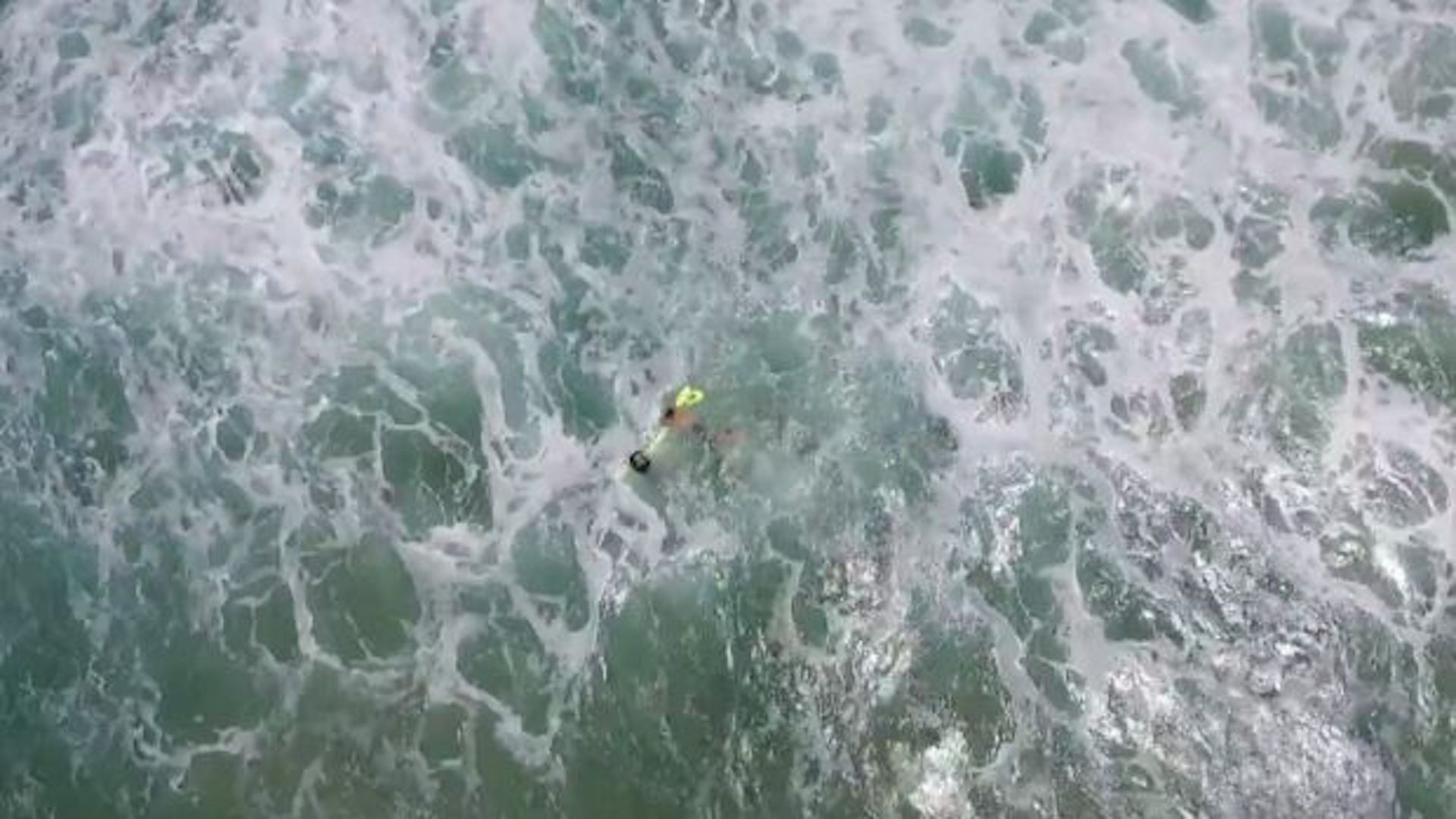

Lifeguards in Australia just saved two teenage swimmers from drowning by piloting the unmanned aerial vehicle offshore and deploying an inflatable rescue device.
We’ve been keeping a close eye on search-and-rescue, firefighting, law enforcement, and most closely related, lifeguard use cases of drones in the past. The last time we covered this, it was in regards to the use of drones by lifeguards to spot sharks swimming near surfers on various Australian beaches. This time, lifesaving drones take us to Lennox Head, on the easternmost part of the continent, where according to the BBC, two swimmers aged 15 and 17 struggling in harsh conditions 2,300 feet offshore were saved by the affordable and functional nature of modern UAVs and the lifeguards trained to use them.
A beachgoer noticed the pair and suspected trouble, according to the BBC. As soon as he was made aware of the situation, Jai Sheridan, lifeguard supervisor at Lennox Head, navigated the flotation device-fitted UAV to the swimmers and released it. The beachgoer reportedly described the event as “unreal,” and told the Sydney Morning Herald that “the Little Ripper UAV certainly proved itself today. It is an amazingly efficient piece of lifesaving equipment and a delight to fly.”
Last September, we reported on English lifeboat crews implementing drones in their search-and-rescue operations, which was a promising development for the field. It’s great to see lives being saved through UAVs halfway across the world, already.
Take a look at these images of the event, mid-rescue, courtesy of the New South Wales government’s drone footage.


According to the BBC, John Barilaro, New South Wales’ Deputy Premier, championed the rescue operation as nothing short of unique.
“Never before has a drone fitted with a flotation device been used to rescue swimmers like this,” he said. It was last December when the New South Wales government officially said it had spent $340,000 for a fleet of UAVs, including shark-spotting drones, which seems to have paid off already, in regards to the invaluable cost of human life. When a lifeguard like Jai Sheridan can pilot a drone to an emergency site, drop a rescue pod, and save two lives in little more than a minute, it may be time to take drones as lifesaving tools as seriously as possible.
Ben Franklin, who’s a Parliamentary Secretary of New South Wales, effusively thanked those responsible for acting so swiftly and effectively.
He told the Sydney Morning Herald, that “it took only 70 seconds from when the Little Ripper drone was launched to when it dropped the pod into the ocean for the rescue, a task that would usually take a lifeguard up to six minutes to complete,” making it clear that the use of UAVs can actually save lives when traditional methods may take too long. “This was an extraordinary rescue with the very best possible outcome,” he added, which is certainly something to celebrate.